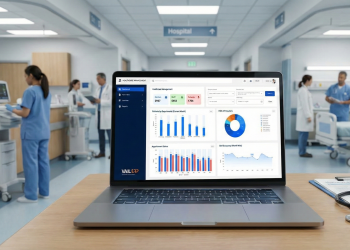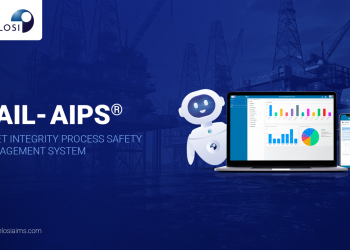Safety Integrity Level (SIL Study)
VAIL-SIL: Transforming Safety Integrity Management Through Digital Excellence
Industrial operation failure can lead to catastrophic consequences; obtaining accurate SIL (Safety Integrity Level) classification and verification is critical. VAIL-SIL software, with its unique functionality, transforms your approach towards functional safety. It helps organizations simplify SIL studies and achieve safe and reliable operations.
VAIL-SIL is a purpose-built software solution that digitizes the complete SIL lifecycle from classification to verification, with full traceability, precision, and compliance. It is systematically designed to support leading methodologies such as LOPA, Risk Graphs, and PFD calculations, helping organizations minimize risk, ensure safety, and strengthen compliance.
Experience digitized safety excellence with Velosi’s custom-built VAIL- SIL Software, developed to enhance risk assessment accuracy, reduce manual errors, and streamline your entire SIL lifecycle. Through smarter digital workflows, it enables strategic decision-making while ensuring full compliance with global standards such as IEC-61508, IEC-61511, and ISA TR 84.00.02.
VAIL-SIL aligns with globally recognized standards such as:
- IEC 61508 & IEC 61511 – Functional safety of electrical and process systems
- ISA TR84.00.02, API RP 14C – Risk-based SIL approaches for the oil & gas sector
- IEC 61882 – For seamless integration with HAZOP studies







